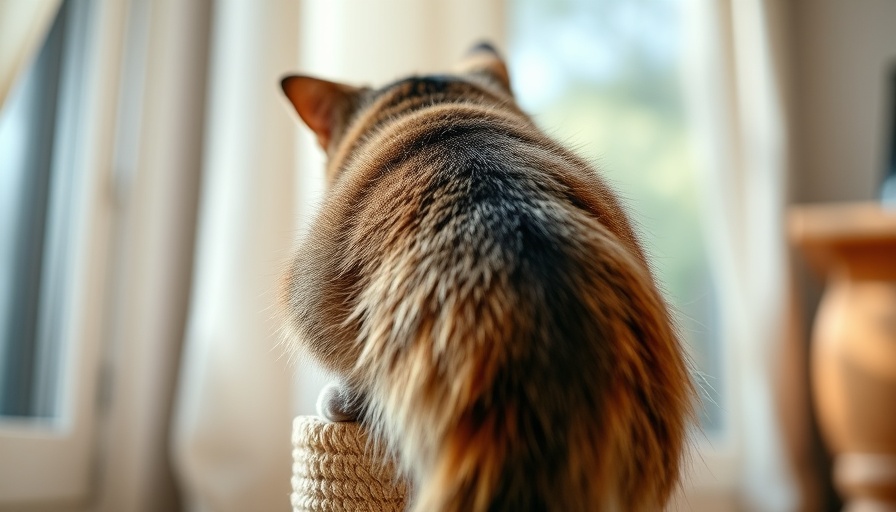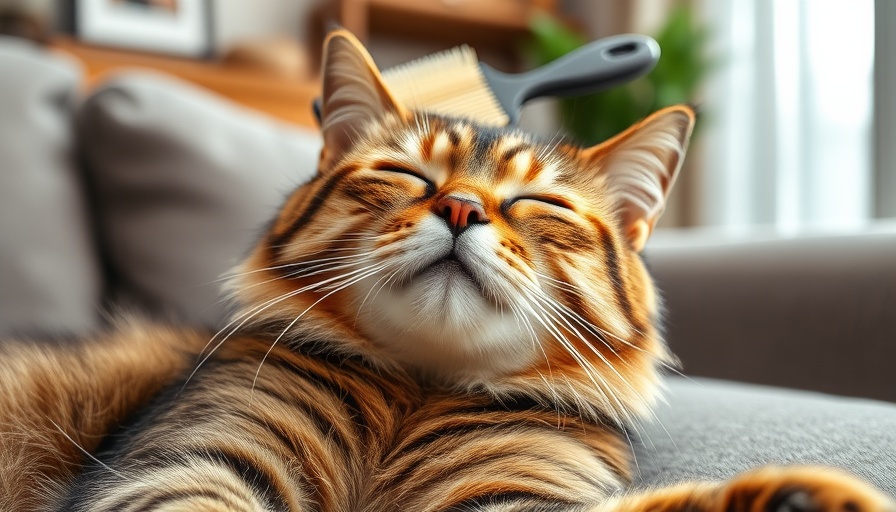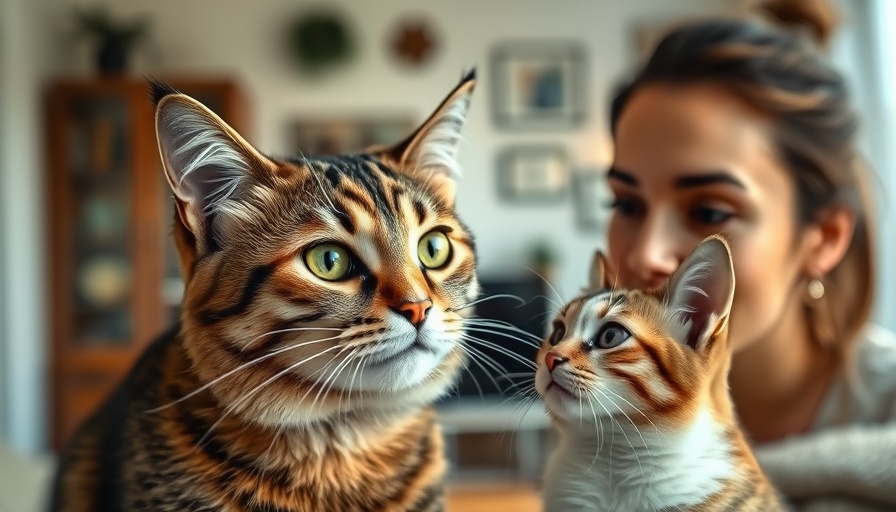
Unlocking the Secrets of Your Cat's Butt: A Uniquely Feline Communication Tool
When it comes to our feline friends, their behavior often defies human understanding. One of the most peculiar yet fascinating aspects is their rear end, which holds more significance than many cat owners realize. In this article, we dive into the surprising health insights and communication cues communicated through your cat's butt.
In '8 Surprising Secrets About Your Cat's Butt', the discussion dives into the role of feline communication and health, exploring insights that sparked deeper analysis on our end.
The Science of Cat Communication: Understanding Pheromones
Cats communicate through their sense of smell, and a pivotal part of this is accomplished via pheromones located in their anal glands. Much like their version of a business card, these chemicals convey essential messages about a cat's identity, emotional state, and more. A cat might present its rear end to you not as an act of defiance, but as a friendly greeting—a gentle way of sharing information. Insights from the video '8 Surprising Secrets About Your Cat's Butt' highlight how cats utilize these pheromones to identify one another, making this behavior more than mere curiosity.
Why Does My Cat Sniff Rear Ends? The Role of Trust
Contrary to what might be your first instinct, when a cat sniffs the rear of another cat (or even yours!), it’s a sign of trust and familiarity. Within cat colonies or households, this behavior helps maintain social structure and harmony. Just as we might greet friends with a handshake, cats use this method to bond with each other and assess emotional states. The next time your cat greets you in this way, remember, it’s saying, "I trust you!"—a compliment in the feline world.
Health Indicators: Monitoring Your Cat’s Rear End
Just like how our physical signs can indicate health issues, your cat’s rear end can often be a telltale sign of underlying health problems. Regularly checking your cat for signs of discomfort around the rear—like excessive grooming or scooting—can alert you to problems such as blocked anal glands or parasitic infections. These indicators remind us how crucial it is to keep an eye on our pets’ grooming habits and general behavior. Many health issues can manifest through changes in their litter box habits, so staying observant is key.
The Bacteria Connection: A Surprising Symbiosis
Another intriguing aspect discussed in the video is how cats maintain bacteria that helps them produce pheromones. Researchers have found that the bacteria residing in a cat's anal glands aid in creating the unique pheromones that facilitate communication. This symbiotic relationship ensures that each cat has an effective method for expressing their identity and emotional state, offering insight into the intimate and interactive relationship between cats and their microbiomes.
What to Do If You Notice Something Is Off
If you observe that your cat has changes in behavior, such as excessive licking of the rear or signs of distress, it’s essential to consult a veterinarian promptly. Anal gland infections and parasitic issues are common among cats, but early detection can be life-saving. As responsible pet parents, we need to prioritize our cat's health by monitoring these less-discussed areas. A quick check could mean the difference between a minor issue and a significant health crisis, highlighting the importance of being attentive to our pets' signals.
Taking Action: Ensuring Your Cat’s Well-being
Maintaining your cat's health and happiness often involves routine care that might go unnoticed. Regular grooming, a balanced diet, and spontaneous visits to the vet can significantly contribute to your cat's well-being. Make it a habit to observe your cat’s bathroom patterns, overall demeanor, and grooming habits. By understanding these behaviors, you not only keep your feline friend healthy but also enhance your bond with them.
Conclusion: Embrace the Feline Experience
Your cat's rear end may seem like an odd area of focus, but it plays a crucial role in their health and communication. By paying close attention to these often-overlooked areas of feline life, you can uncover a wealth of knowledge about your pet’s needs and feelings. So next time your cat greets you with their behind, take it as a moment to appreciate the unique bond you share, trusting in the wonders of feline communication.
Don’t forget, keeping your eye on your cat’s rear health ensures they lead a happy and vibrant life—so be the proactive pet parent your cat deserves!
 Add Row
Add Row  Add
Add 




Write A Comment